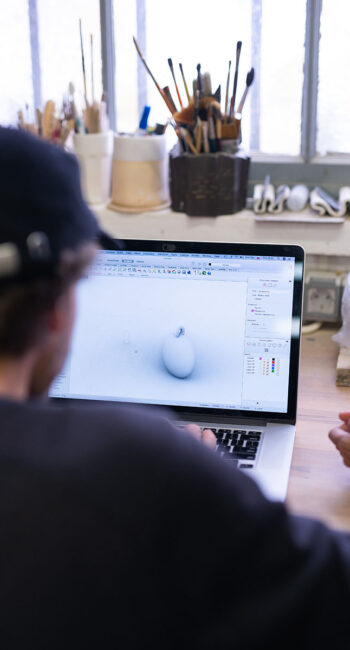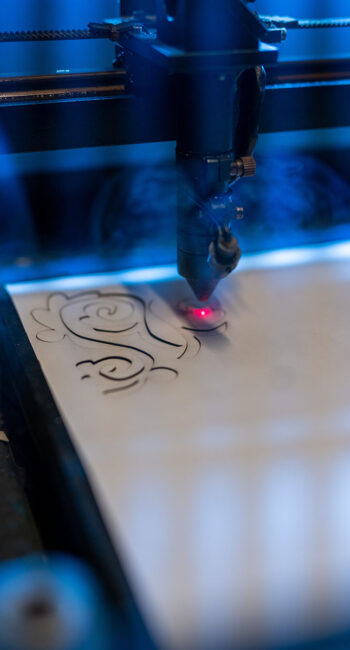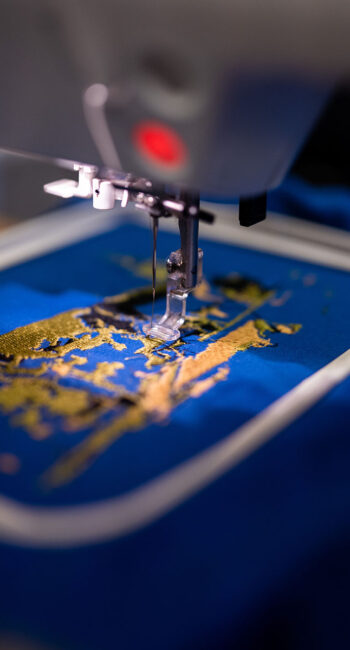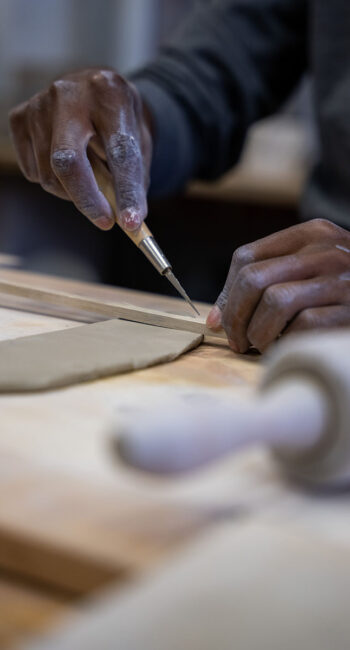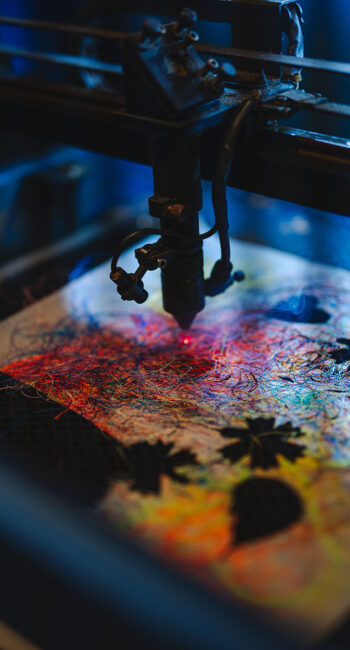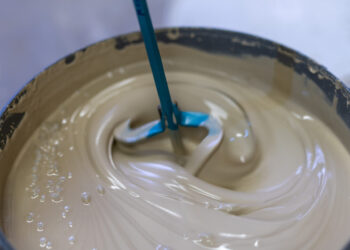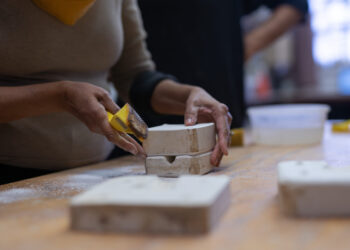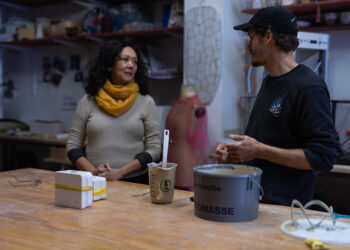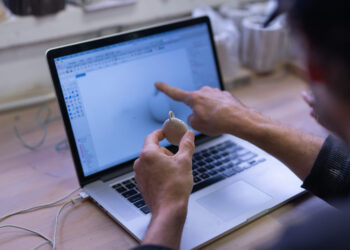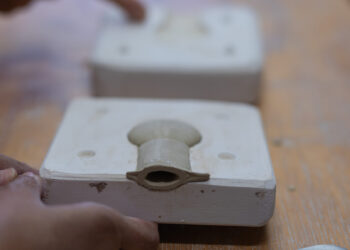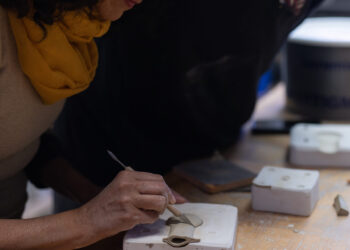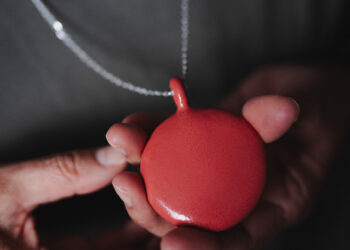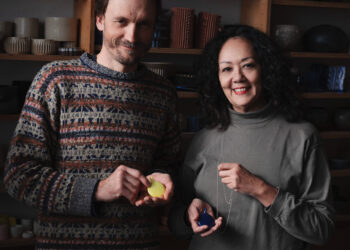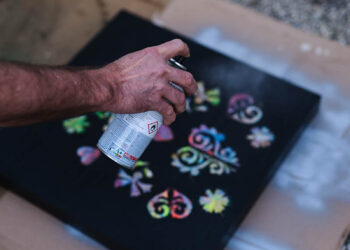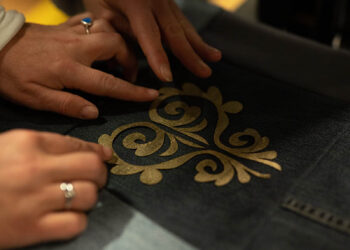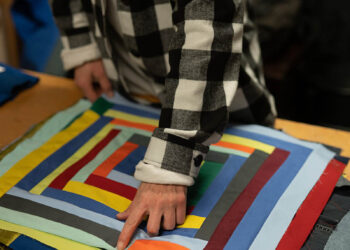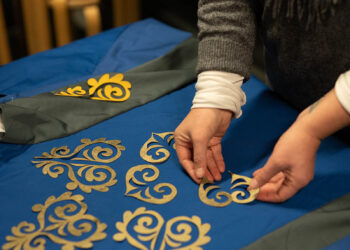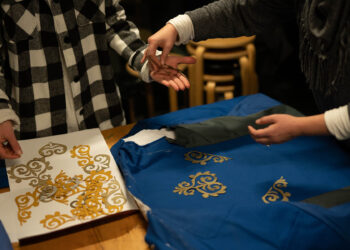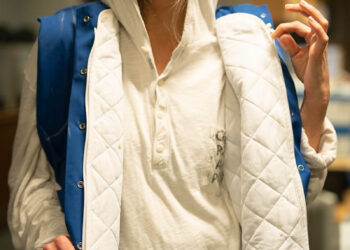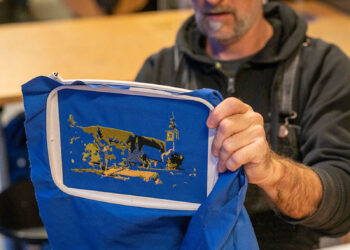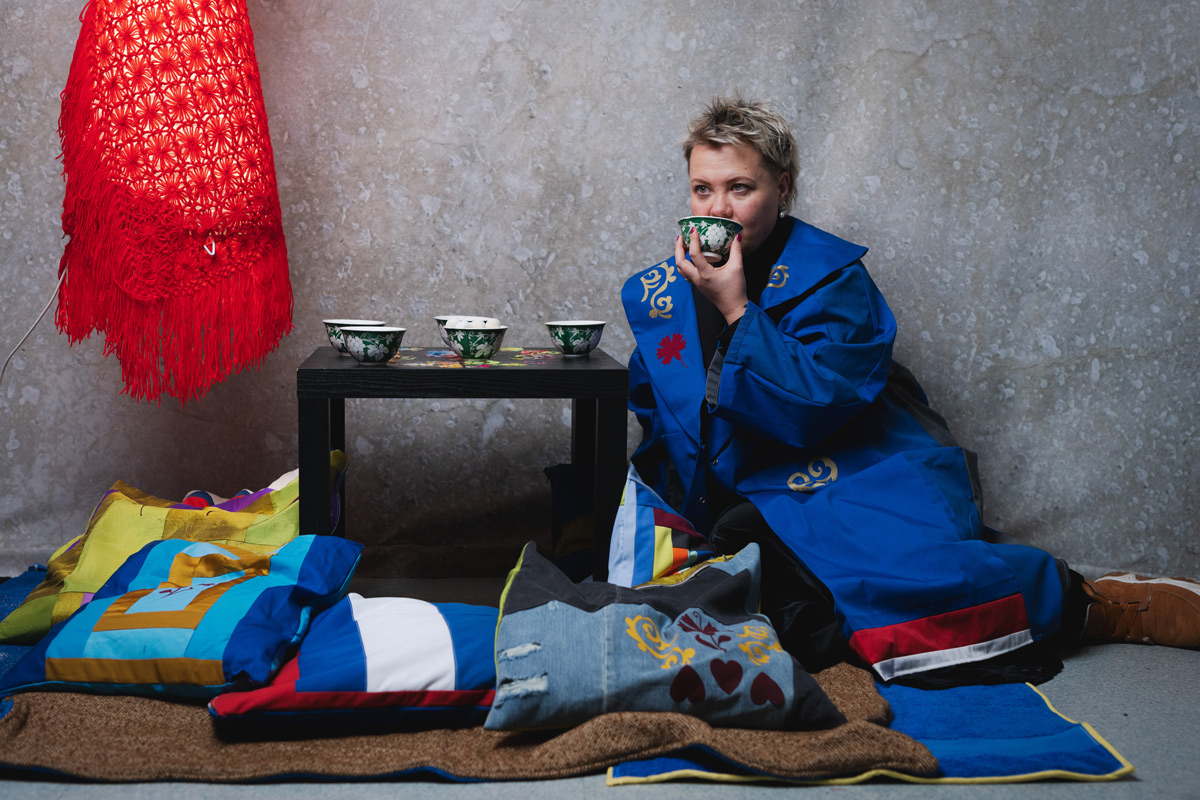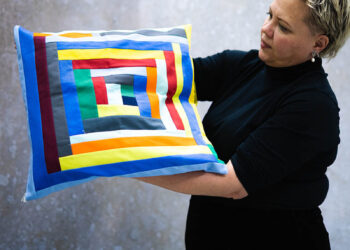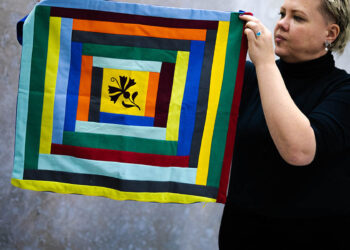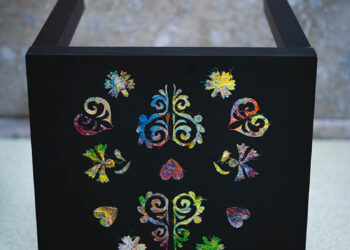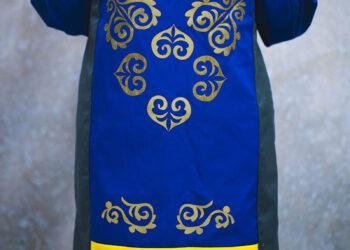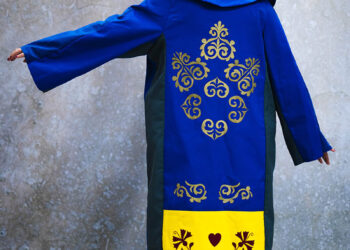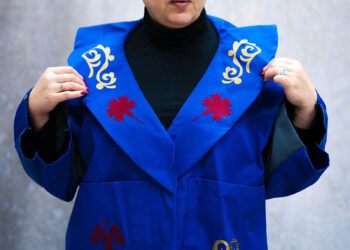In an effort to support vulnerable artists, particularly those from diverse cultural backgrounds, the Art is Us provided an extra opportunity for Art is Us learners to submit their creative ideas and gain access to mentoring support in order to bring their creative ideas to life as prototypes with the potential for commercialization.
This extra opportunity was created for individuals coming from different countries and cultures to Slovenia to submit socially and environmentally aware creative ideas. Submitted ideas were expected to possess a cultural dimension, serving as a medium for intercultural dialogue and understanding.
The primary objective was to promote innovative concepts that drew upon the unique perspectives and creativity of individuals from varied cultural backgrounds, facilitating a meaningful exchange of values and establishing a dialogue between the culture of origin of the artists and the new culture. By harnessing the creativity of individuals from different cultures, the initiative aimed to encourage the development of ideas that bridged cultural gaps, fostered mutual enrichment, and contributed to the overall innovation ecosystem in Slovenia.
This initiative was made possible through the collaboration of APIS Institute and the newly established Rog Centre, previously known as RogLab Creative Hub, who received the EUROCITIES award for outstanding achievements in the field of activities enhancing the quality of life of citizens in the Innovation category.
The mentoring process was tailored to accommodate the individual pace and needs of the participants, allowing them to receive personalized guidance and assistance throughout their creative journey. By providing this support, Art is Us aimed to empower learners and foster the development of their innovative ideas into tangible products ready for sale.


